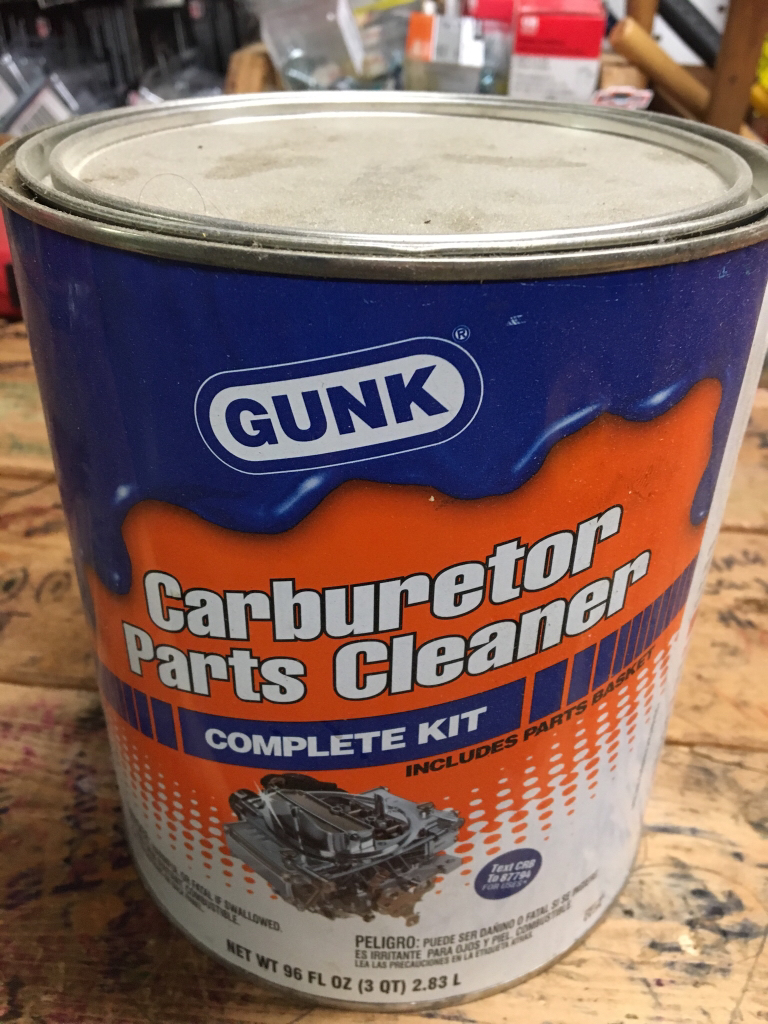woodlandcammies
ArboristSite Operative
gents,
I've tried using the carb cleaning cans, and I've used acetone to soak the carb bodies in when they are dissembled. For me the acetone seems to be the best option as it dries without leaving residue, but what's your opinions
I've tried using the carb cleaning cans, and I've used acetone to soak the carb bodies in when they are dissembled. For me the acetone seems to be the best option as it dries without leaving residue, but what's your opinions






